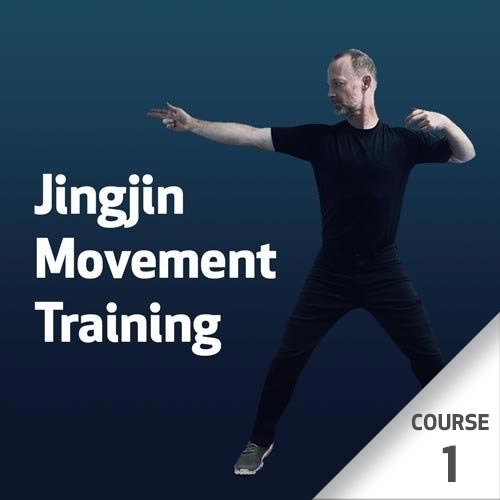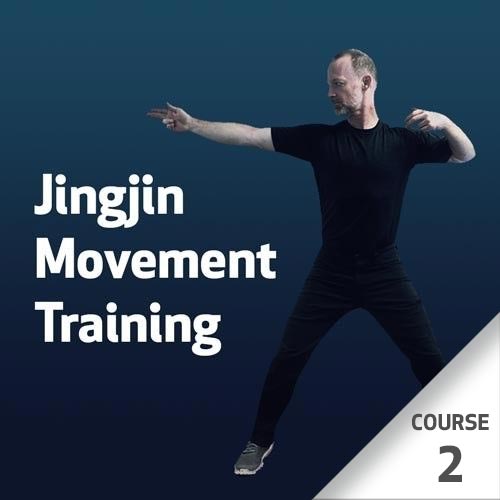Disclaimers:
Accessing Your Series
After checking out, your email address will be sent to Net of Knowledge securely and you will gain instant access to your series. If you do not have a Net of Knowledge account yet, one will be created for you automatically and you will receive an email with a link to set up your password. Log in to your account at netofknowledge.com and start learning!
Unlimited Access and CEUs
You will have unlimited access to this series for as long as it is on Net of Knowledge, so that you can keep reviewing and learning from it over the years.
CEU requirements must be completed within 1 year from the purchase. During this time, you must view the training and complete any required documents to get your certificate. You must also print and save your certificate for your own records.
Each individual course has a separate certificate of completion. There is no certificate for the entire series.
Cancellation Policy
Please note we do not offer refunds for our recorded online courses/webinars.
Note
These recordings are available in an online format only; you will not receive a DVD or physical copy of the recording – they are only available to watch on the internet through your online account.

Taught by Brian Lau
Brian Lau, AP, CSMA, is certified in both Sports Medicine Acupuncture and Structural Integration. He has been on faculty since 2013 with the Sports Medicine Acupuncture Certification (SMAC) program, where he teaches anatomy and physiology, assessment and treatment of the channel sinews (jingjin), and myofascial release.
View full bio



